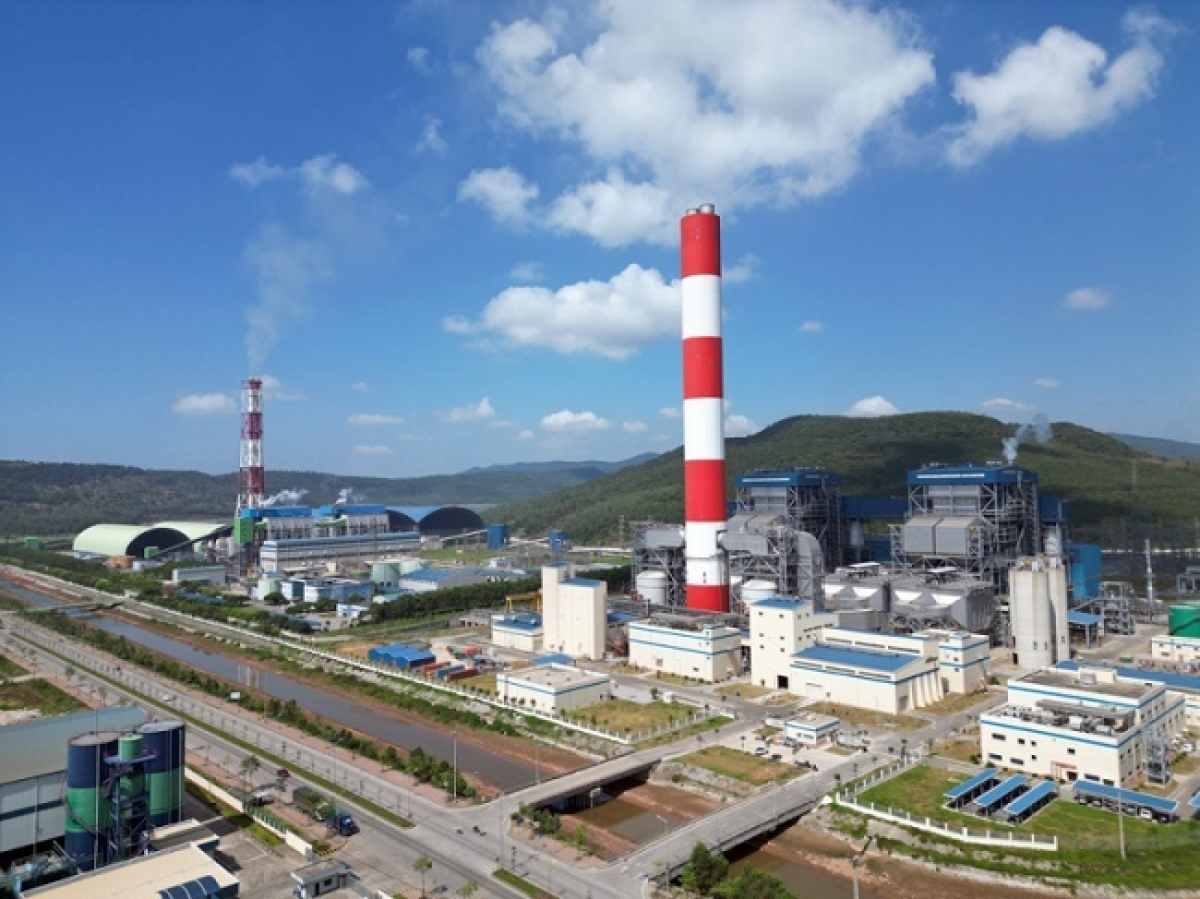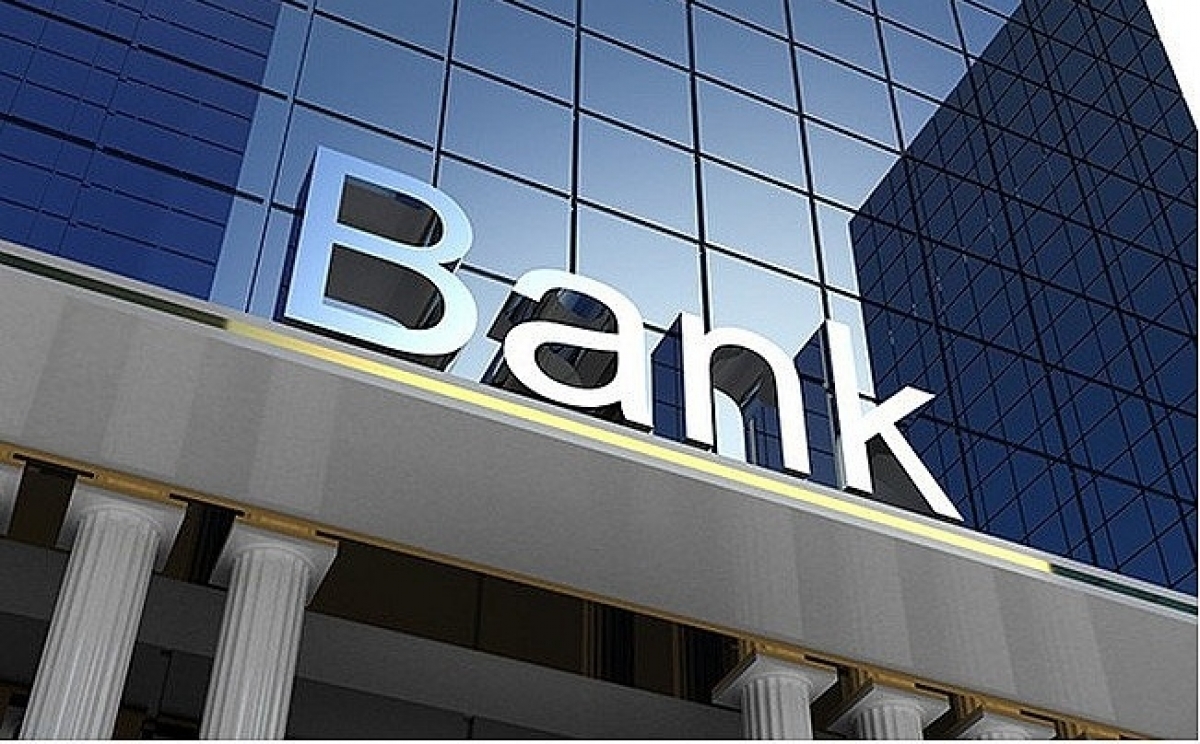INTERNATIONAL INVESTMENT
AND PORTAL
 The stock market is witnessing developments that have not been seen since pre-pandemic, Photo: Le Toan
The stock market is witnessing developments that have not been seen since pre-pandemic, Photo: Le Toan
In August, banking stocks continued to propel the market to record highs, with growth far outpacing the VN-Index By the end of the month, the VN-Index closed at 1,682.21 points, up 11.96 per cent compared to the end of July. Meanwhile, the banking sector index surged 18.75 per cent to a new peak of 1,086.41 points.
As of August 29, the total market capitalisation of the banking sector exceeded $116 billion, an increase of nearly 20 per cent compared to the previous month’s end.
Liquidity in banking stocks soared last month, averaging more than 593 million shares traded per session, 45 per cent higher than in July. The trading value also hit the highest level in over 18 years at $631 million per session, representing a 67 per cent increase from the previous month.
By August 25, banking stocks had set as many as 241 record closing prices across 16 out of 27 tickers. This figure within the first nine months of the year not only marked the highest since the post-pandemic period but also ranked as the second-largest in the history of banking stock rallies on the stock market.
In its outlook report for the rest of 2025, released last week, Vietcombank Securities (VCBS) reaffirmed that the banking sector remains the profit backbone of the market.
According to VCBS, state-owned banks are projected to deliver profit growth of around 12 per cent. Dynamic private banks could post gains of 20 per cent, while smaller banks may surge by as much as 35 per cent thanks to robust credit expansion and aggressive non-performing loan (NPL) resolution.
Tran Minh Hoang, director of Research and Analysis at VCBS, said that a combination of accelerating credit growth, recovering net interest margins, declining NPLs, and valuation room means the banking sector will continue to serve as the pillar of the VN-Index.
“In the context of an anticipated US Federal Reserve rate cut and accelerating domestic public investment, local banks are set to benefit from lower funding costs, stronger credit demand, and expanded non-interest income,” Hoang said.
Many banks are improving return on equity (ROE), NPL ratios are declining, and the policy environment continues to support growth.
“Dynamic private banks will benefit from initial public offerings, restructuring, and asset quality enhancement, while state-owned banks, after resolving legacy NPLs, could return to a growth trajectory,” Hoang added.
Despite banking stocks soaring and margin capital concentrating heavily in the financial sector, providing a strong tailwind for the market, this also poses a key risk factor.
Nguyen The Minh, who is head of Research and Development for Retail Clients at Yuanta Securities Vietnam, pointed out the main risks that the stock market might face as banking stocks have rallied significantly.
“With securities stocks surging, many companies have accelerated capital raising, leading to heightened dilution over the past three to four years,” Minh said. “ROE across both groups has weakened. If dilution continues to rise without capital inflows immediately translating into profit growth, operating efficiency will be further constrained, adding pressure on investors.”
Minh added that risk also arises from the distortion in earnings growth between financial and non-financial sectors.
“Traditionally, financials move in line with the overall economic cycle. However, recently, core earnings from non-financial companies have declined, with much of their profit growth driven by non-operating income rather than core business,” said Minh.
Meanwhile, investor expectations remain heavily tilted towards financials, Minh said, causing market polarisation.
“In fact, since the start of the year, the VN-Index has gained over 30 per cent, with nearly 60 per cent of this increase attributable to financial stocks. Such heavy reliance on a few sectors, particularly financials, leaves the market vulnerable when capital rotates from overvalued stocks into relatively cheaper ones,” Minh explained.
Do Bao Ngoc, deputy CEO of Vietnam Construction Securities, forecasted that from now until year-end, the market is expected to maintain an upward trajectory.
“Despite all the risks, a meaningful correction may occur in September or October to restore balance, an adjustment deemed necessary for a more sustainable medium- to long-term uptrend,” he said. “The VN-Index is projected to maintain its upward momentum over the medium to long term, moving towards higher levels than at present. By the end of 2025, the VN-Index could potentially reach the 1,650-1,700 range.”



















